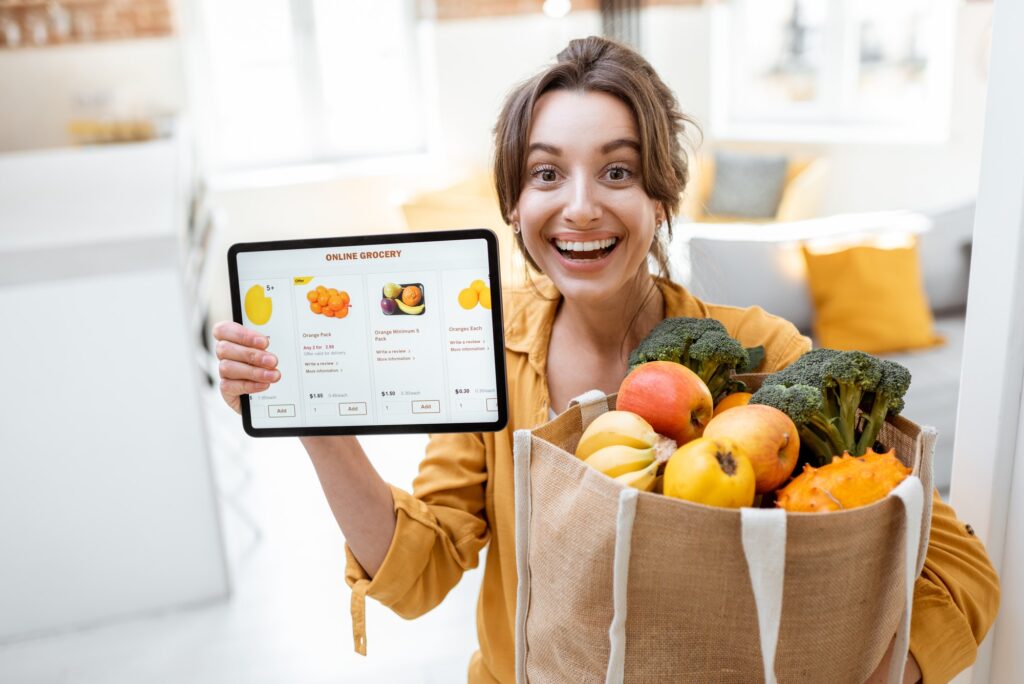As news of COVID-19 spread and as it was officially declared a pandemic by the World Health Organization, people responded by stocking up. They bought out medical supplies like hand sanitizer and masks and household essentials like toilet paper and bread. Soon, both brick-and-mortar and online stores were struggling to keep up with demand, and price gouging for supplies became rampant.
Generational Purchasing Responses to COVID-19
Generational Purchasing Responses to COVID-19
The response to COVID-19 has not been universally felt across generations, with consumers of different
age groups responding differently to the crisis.
It is important to caveat that this is a rapidly evolving situation, so surveys are quickly outdated as
behaviors change with the circumstances. This applies to data shared here and below.
As news of COVID-19 spread and as it was officially declared a pandemic by the World Health Organization, people responded by stocking up. They bought out medical supplies like hand sanitizer and masks and household essentials like toilet paper and bread. Soon, both brick-and-mortar and online stores were struggling to keep up with demand, and price gouging for supplies became rampant.













